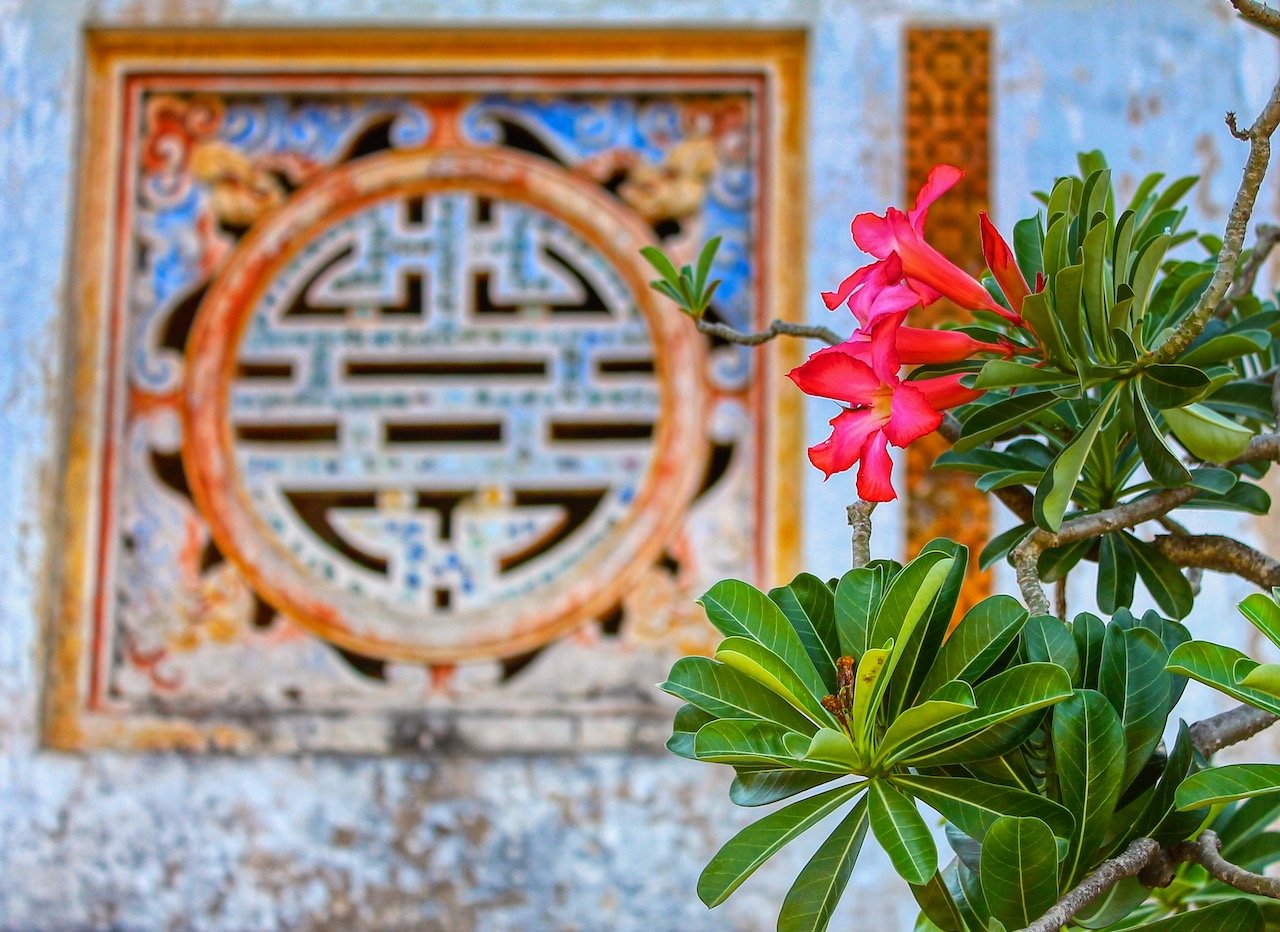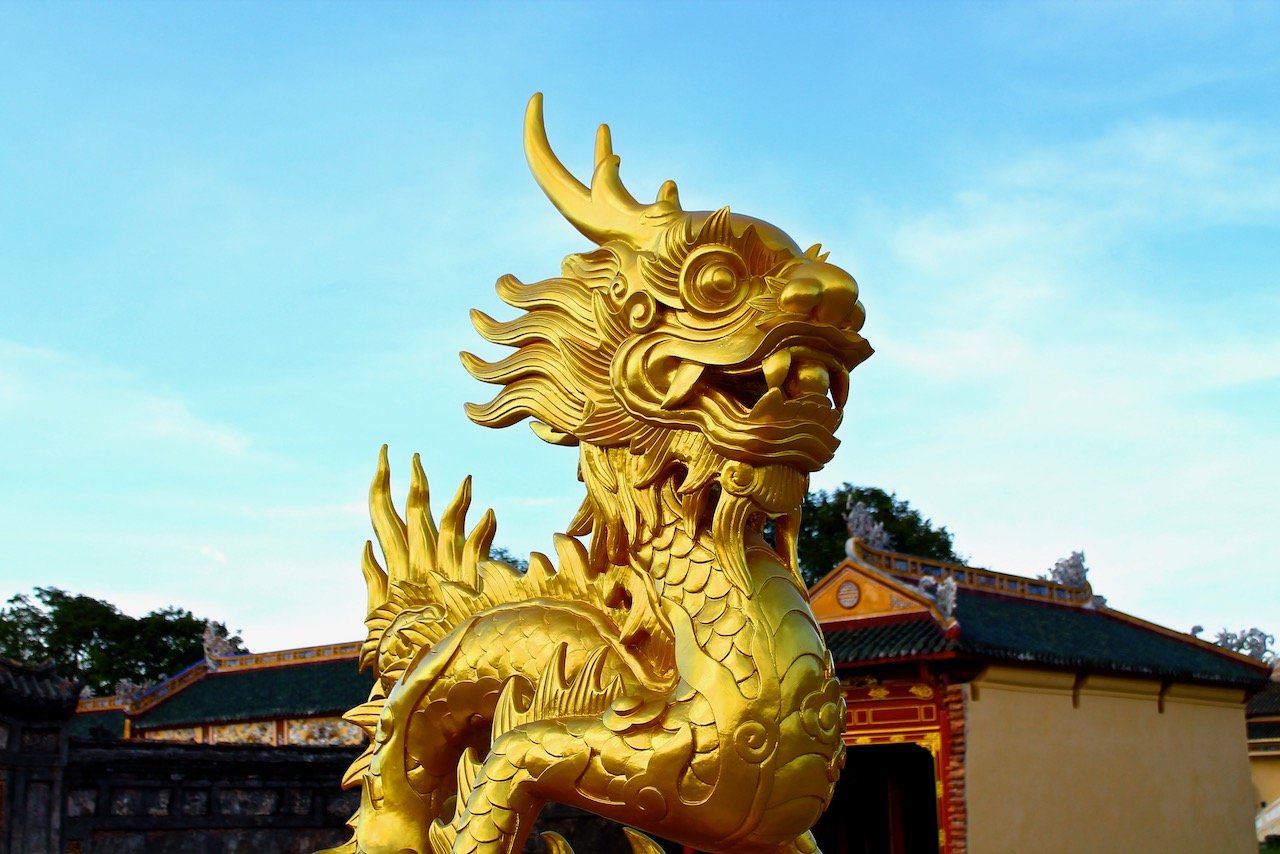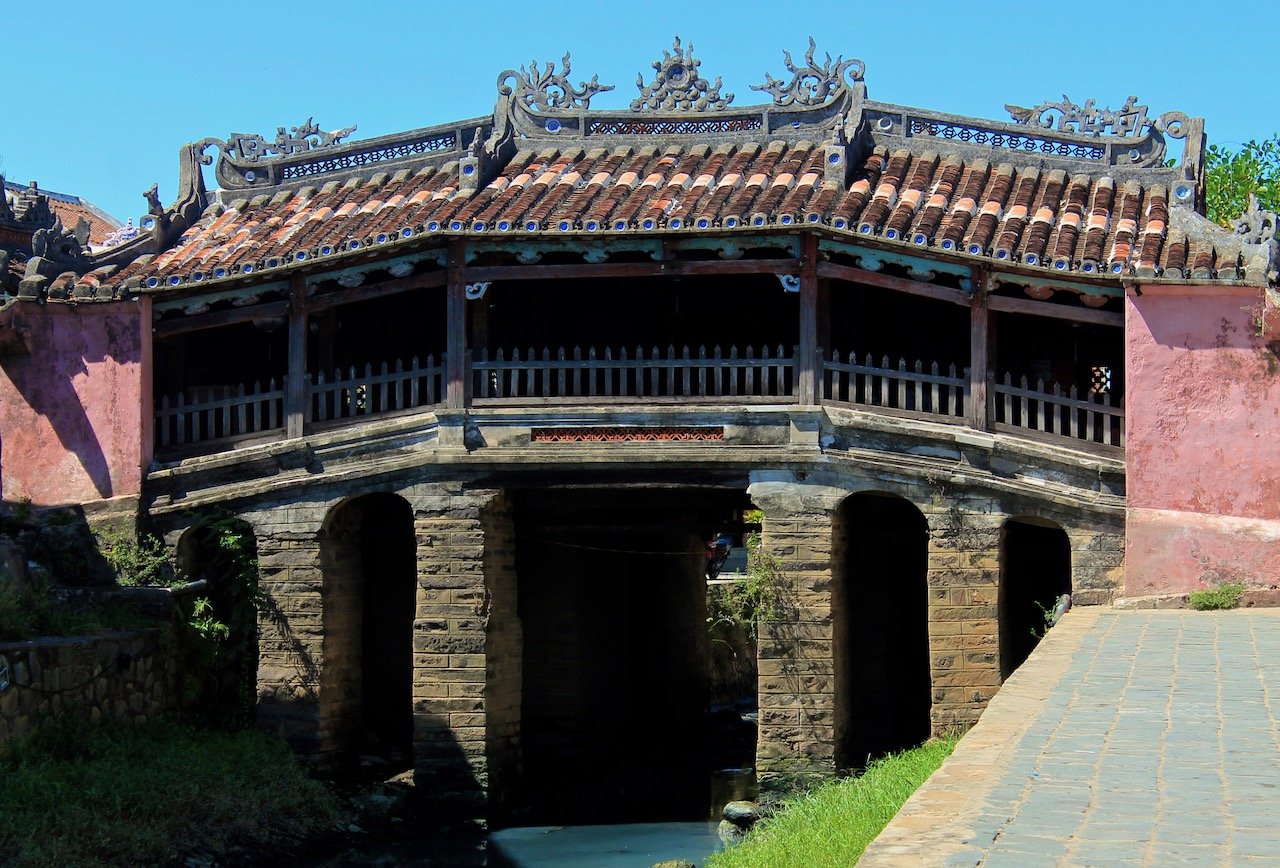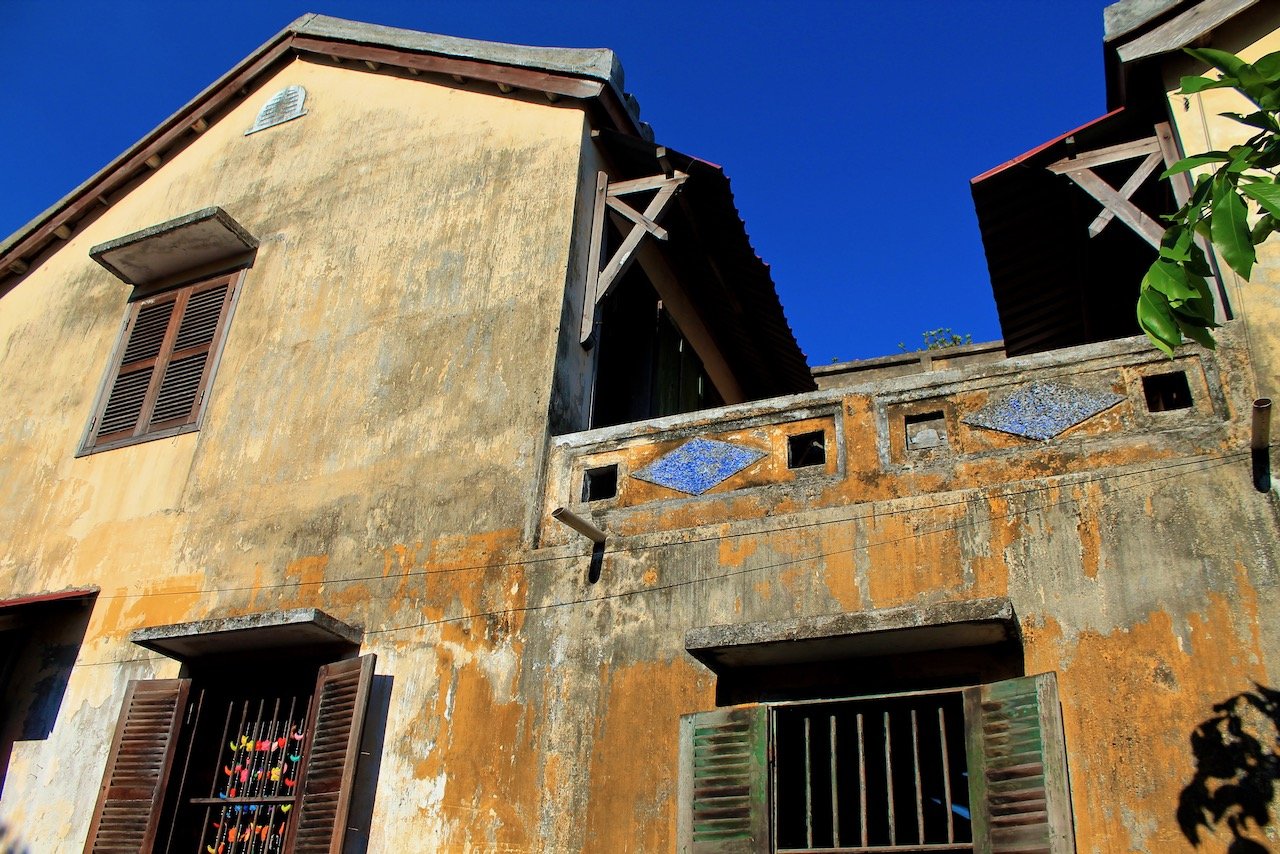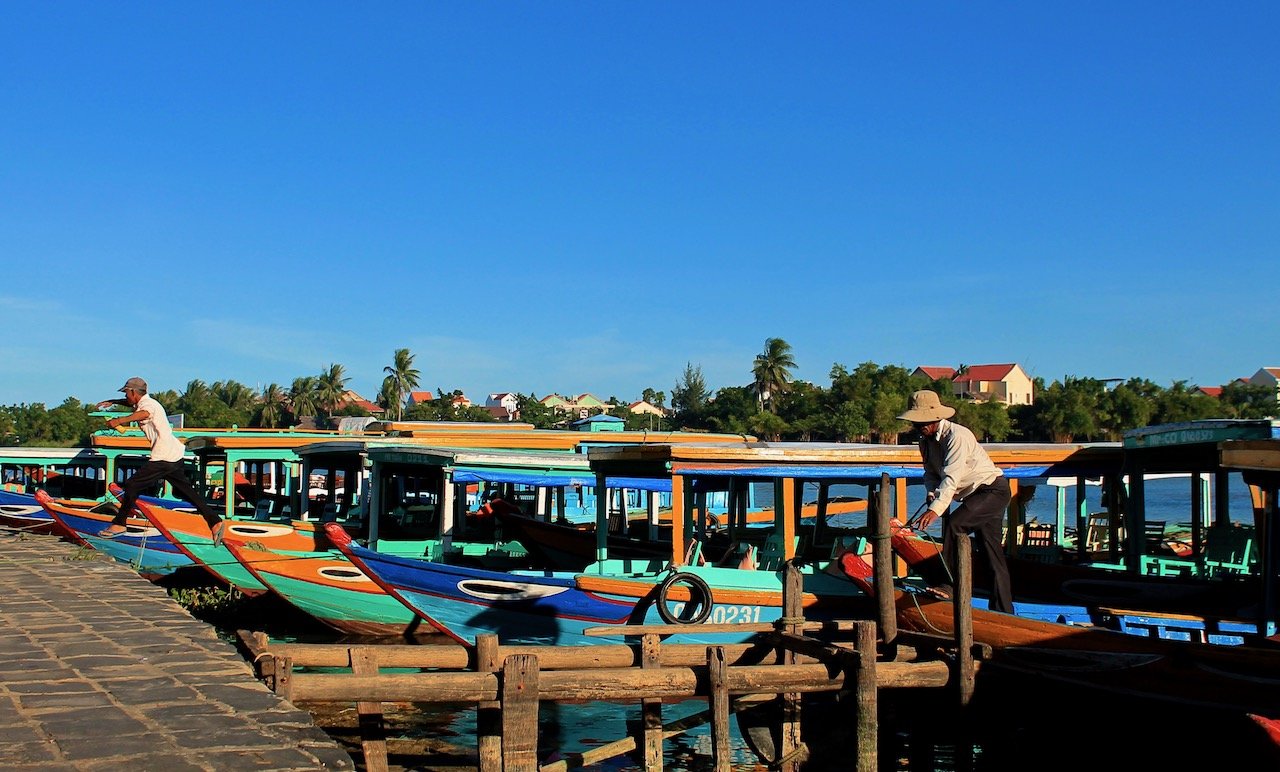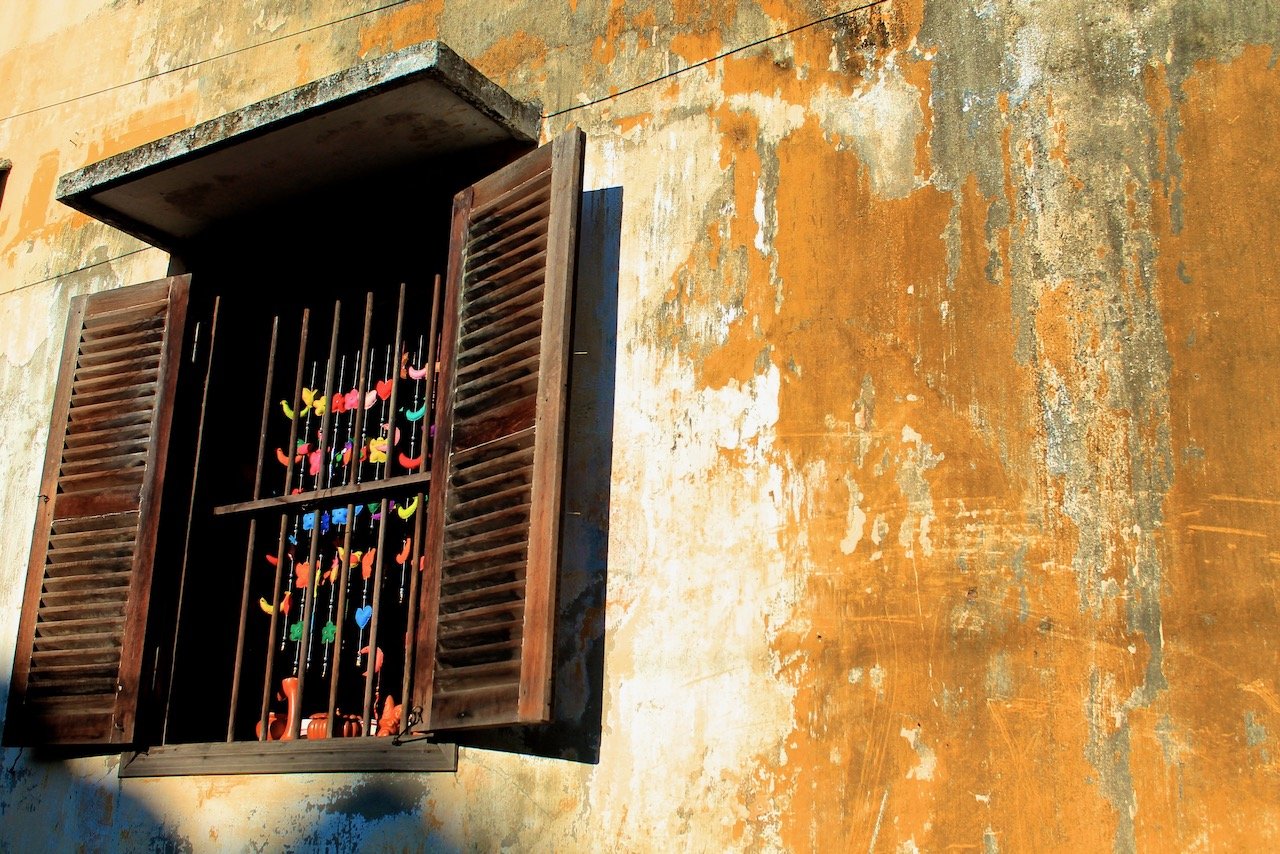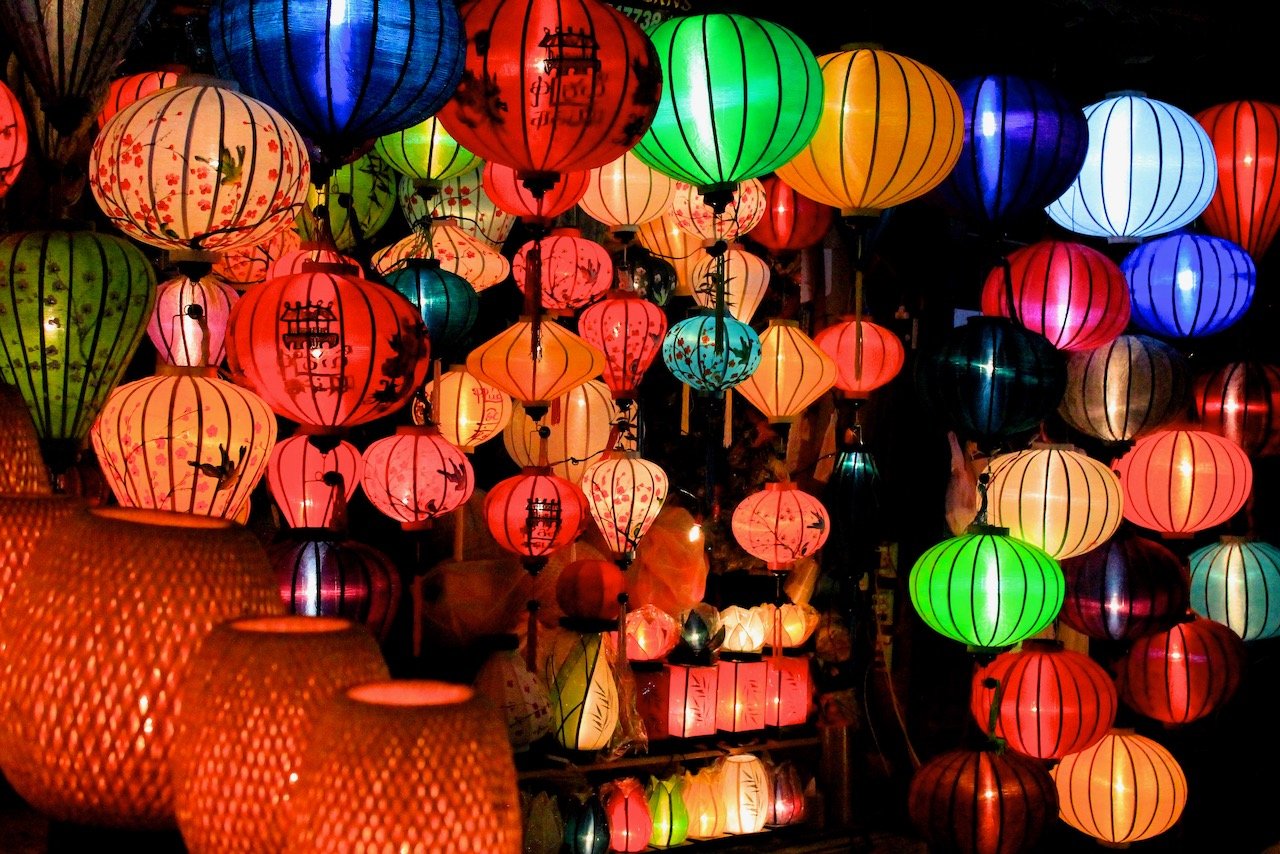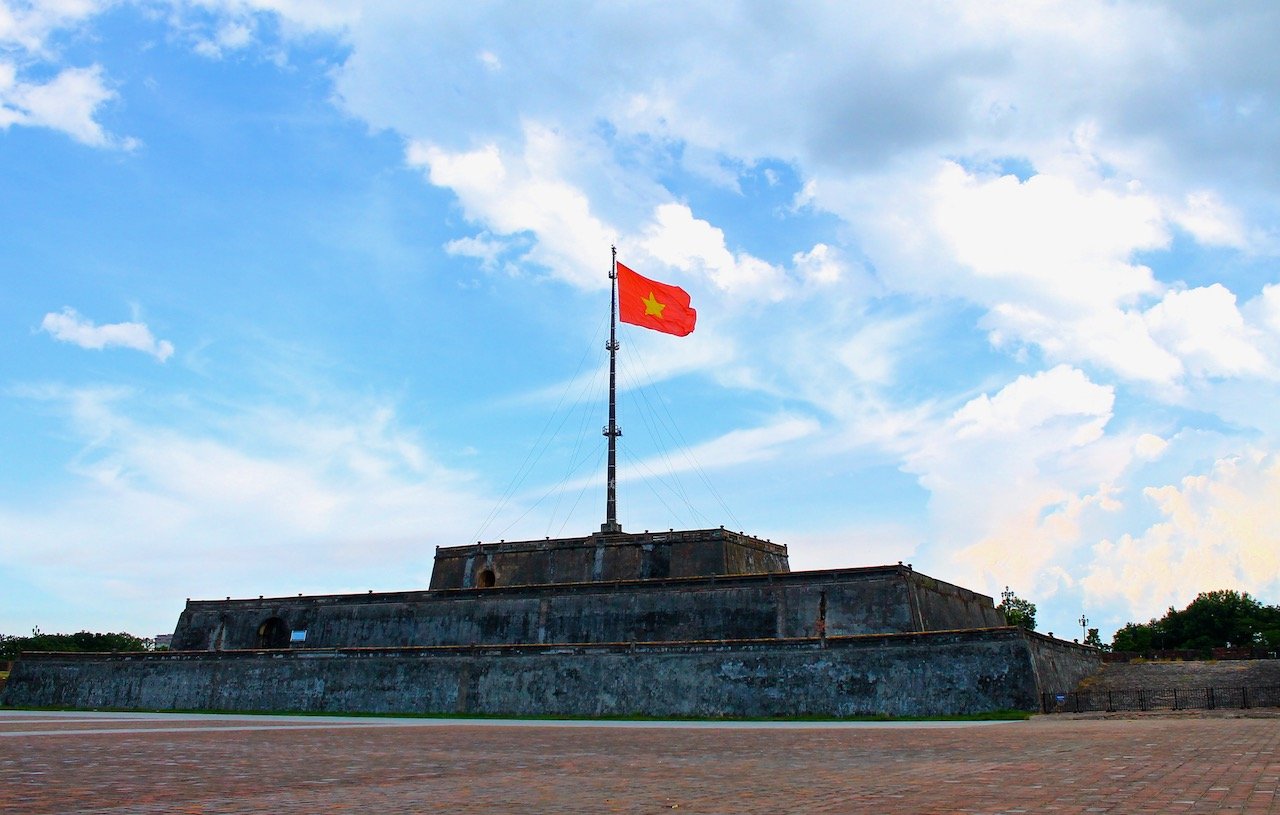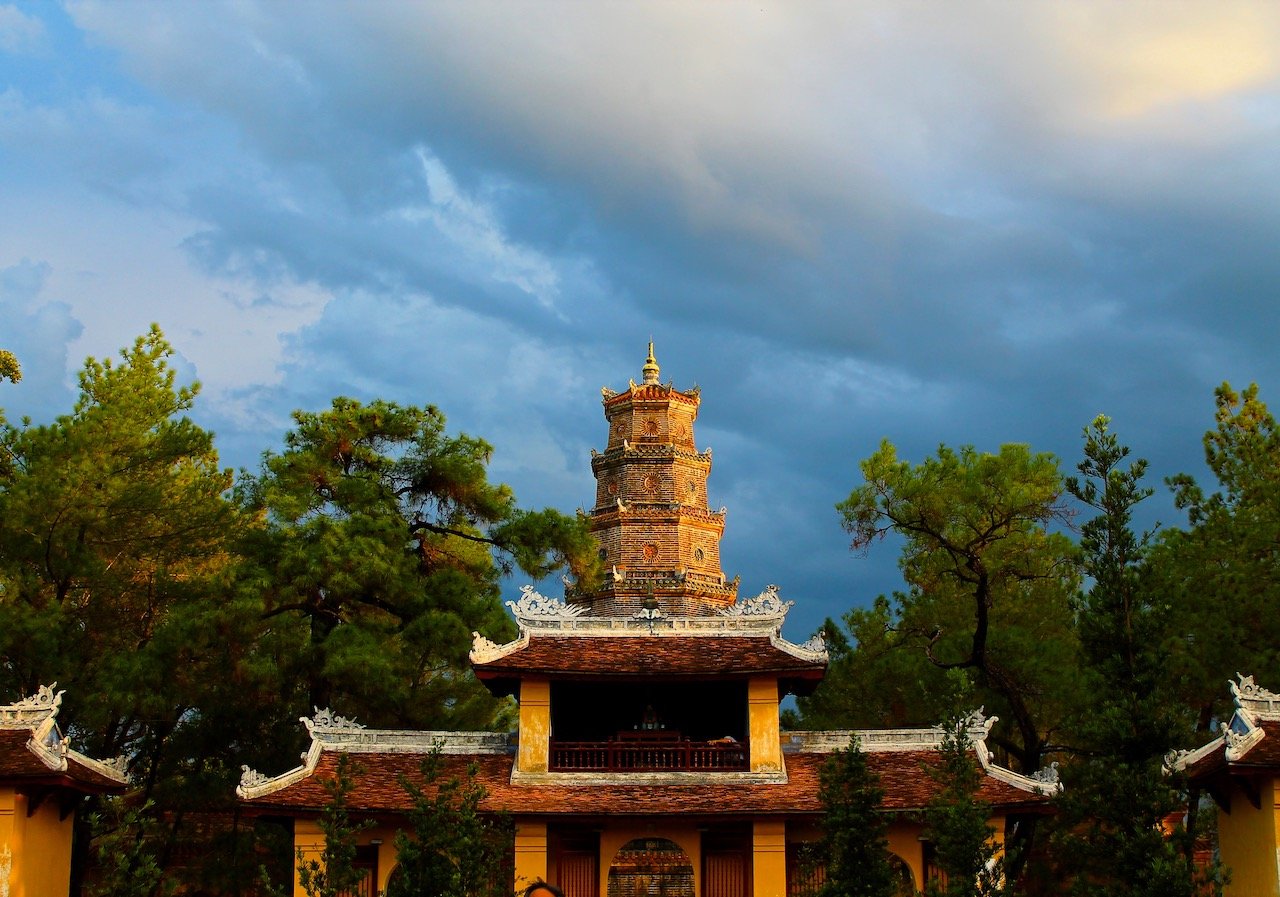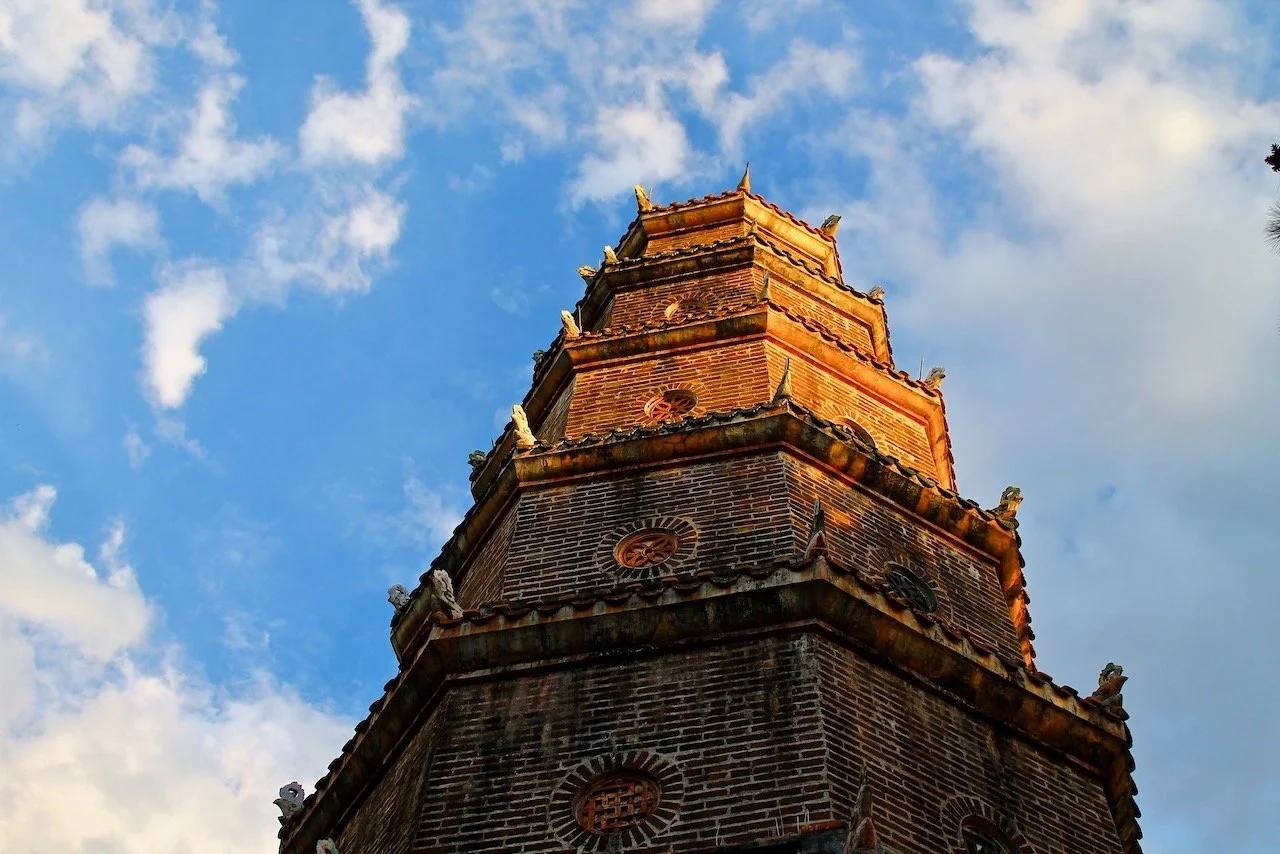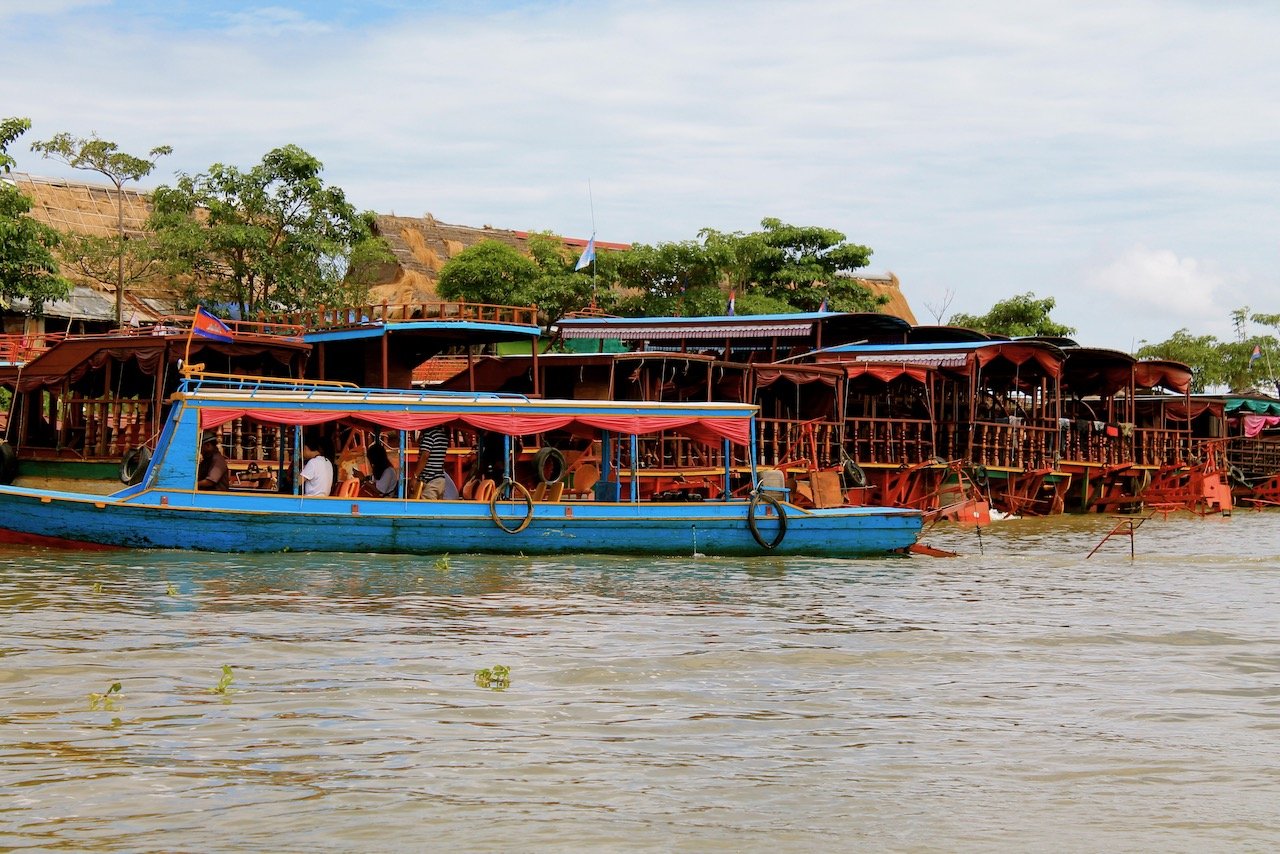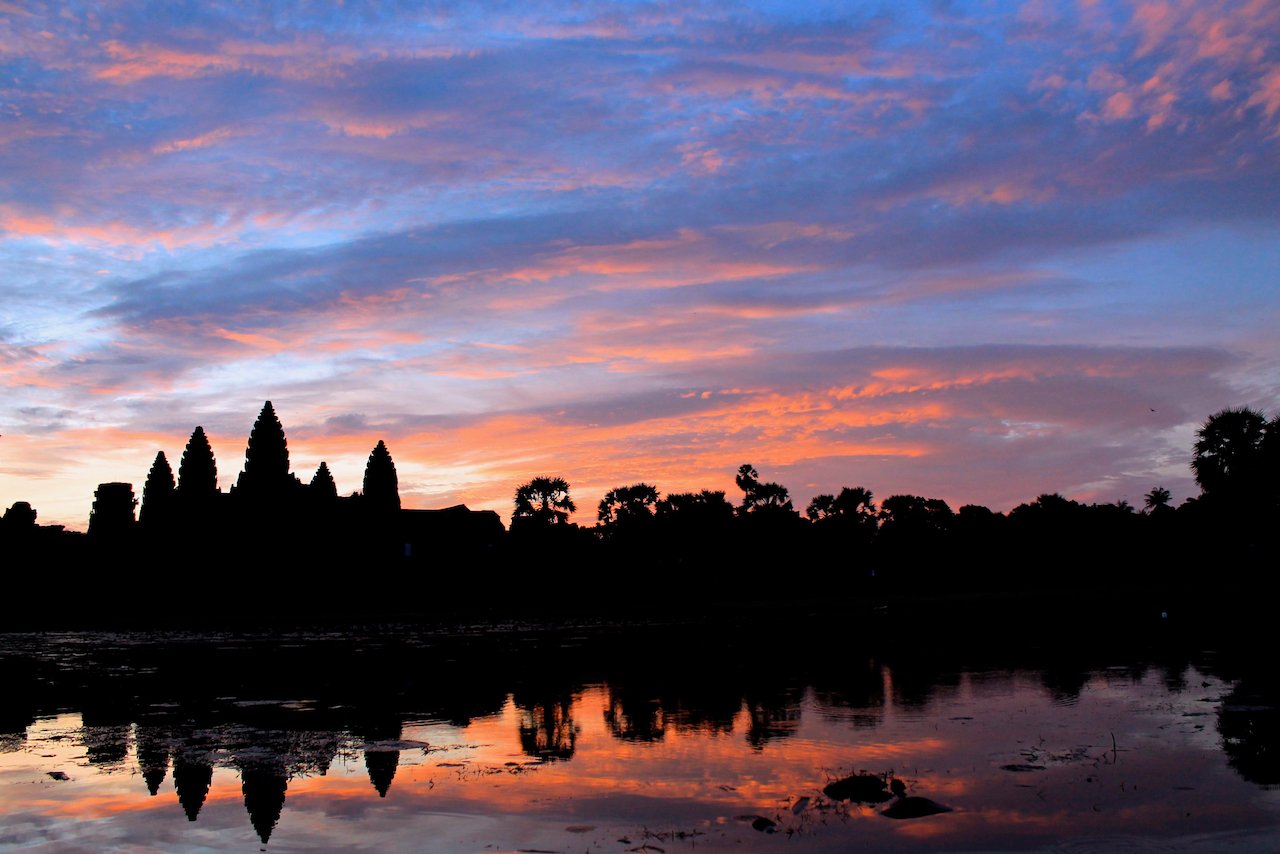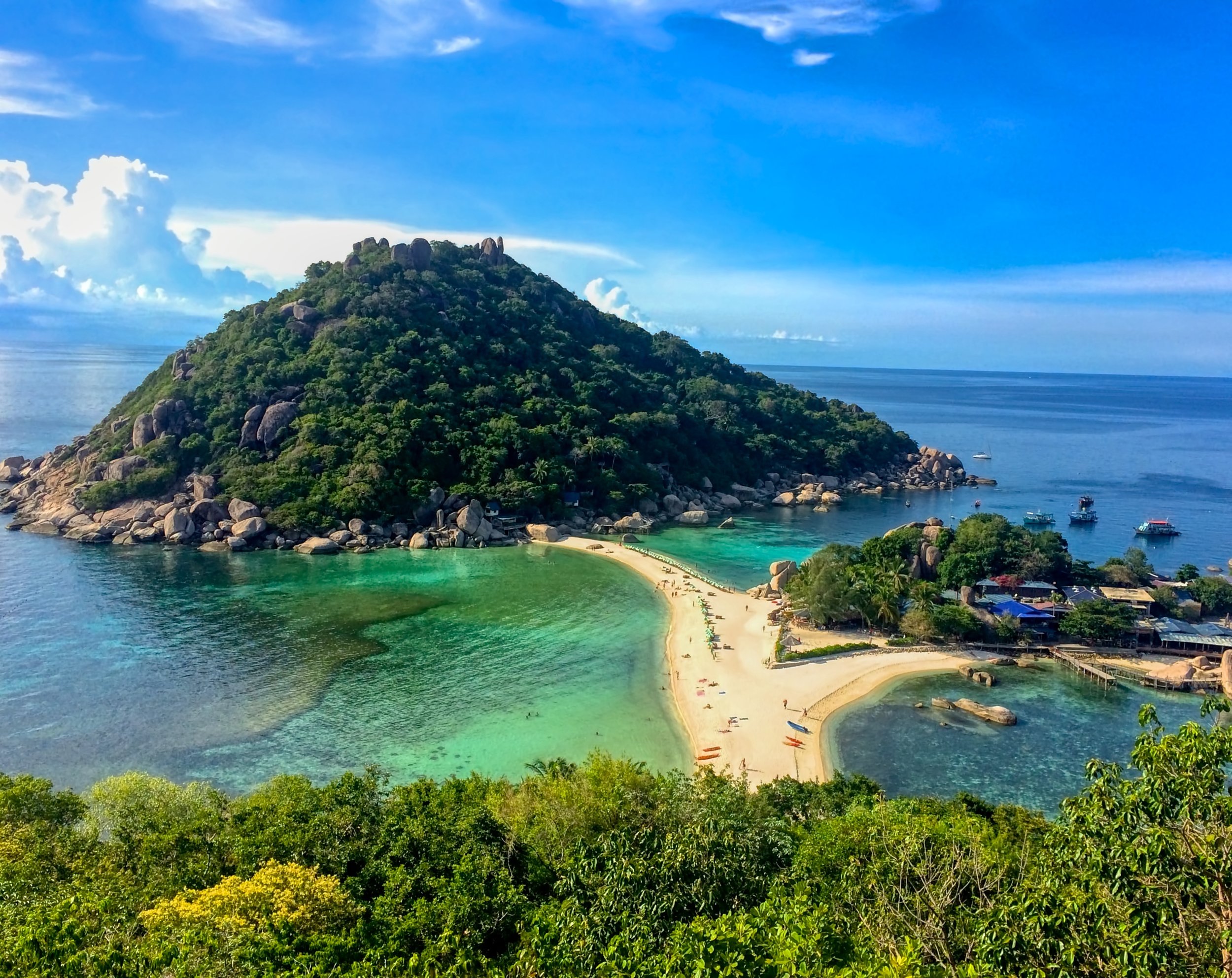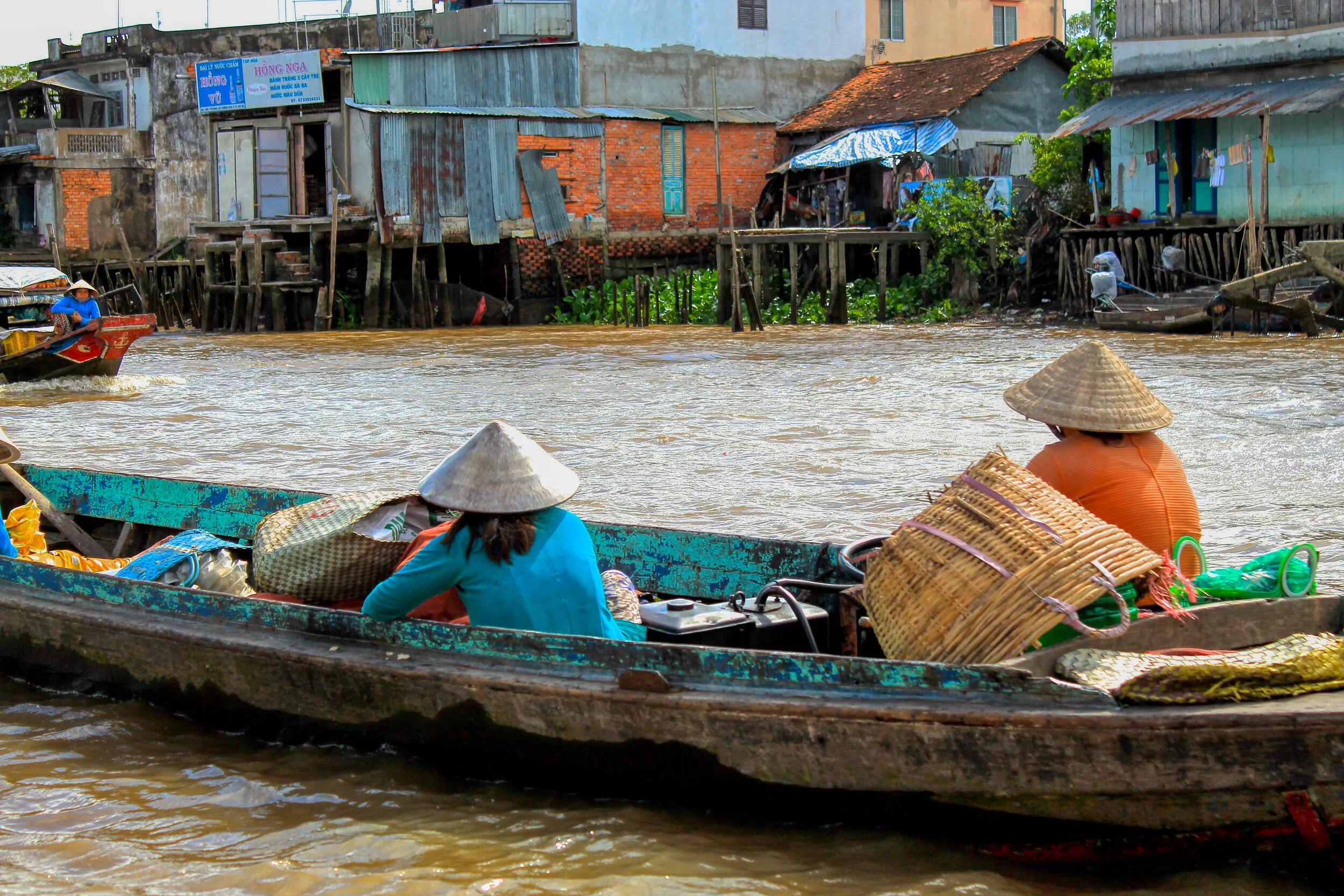A Crash Course into Central Vietnam (Hoi An and Hue)
(Some links in this post are affiliate links. If you click through and take action, I'll be compensated.) If you are also interested in any PRINTS from any of my posts, be sure to check out my store where you can buy prints as posters, in metal/wooden frames or on canvas.
I managed to spend a solid 10 days here in Vietnam, and started my journey in the South at Ho Chi Minh City and made my way up north to Hanoi. We made quite a few stops along the way but some of my favorite places happened to be in the middle of the trip. Central Vietnam (my definition), comprises the cities/towns of Hoi An (or Hoian) and Hue.
Hoi An is a town that is known for its lanterns and very idyllic, chill vibe (it was my personal favorite). Hue is a larger city, absolutely steeped in history. With the two places taken together, you’ve got a great mix of environments to see. A Google Map of the places I will talk about can be seen at the end of this post.
Getting to these cities is done easily using Intercity bus companies like Mai Linh Express and The Sinh Tourist. These types of transport function very much like a hop-on-hop-off bus style concept, stopping along the major cities of Vietnam. You can add as many stops as you would like to your journey. You can also take a train, here is an excellent resource on that.
Also, If you have more time in Vietnam, why not check out more of the country? Check out my blog posts on North Vietnam (Hanoi and Ha Long Bay) and South Vietnam (Ho Chi Minh City, Mekong Delta, Nha Trang).
Hoi An
This city is small and easily walkable or better yet, just as enjoyable on bike. The Ancient town itself is charming with colorful facades and chill vibes. The most iconic relic from the past is the Japanese Covered Bridge in the center of town. It was built in the 18th century and is ‘said’ to have been built by the Japanese to connect to the Chinese quarter on the other side. Not sure if that’s true…but it’s what they ‘say’. Anyway, it’s gorgeous. Go see it.
There are a number of tailors and shops here that will make you anything you desire, whether it be suits, shoes, dresses, etc and even jewelry (Papillon Noir made some nice shirts for me). And the turnaround time is anywhere from a few hours to a day or two. You simply go in, bring in a photo too if you have one, tell them what you are looking for, they will take your measurements and ask you to come in a little later for a fitting, and then do any adjustments required. This is all for a fraction of what you would pay elsewhere.

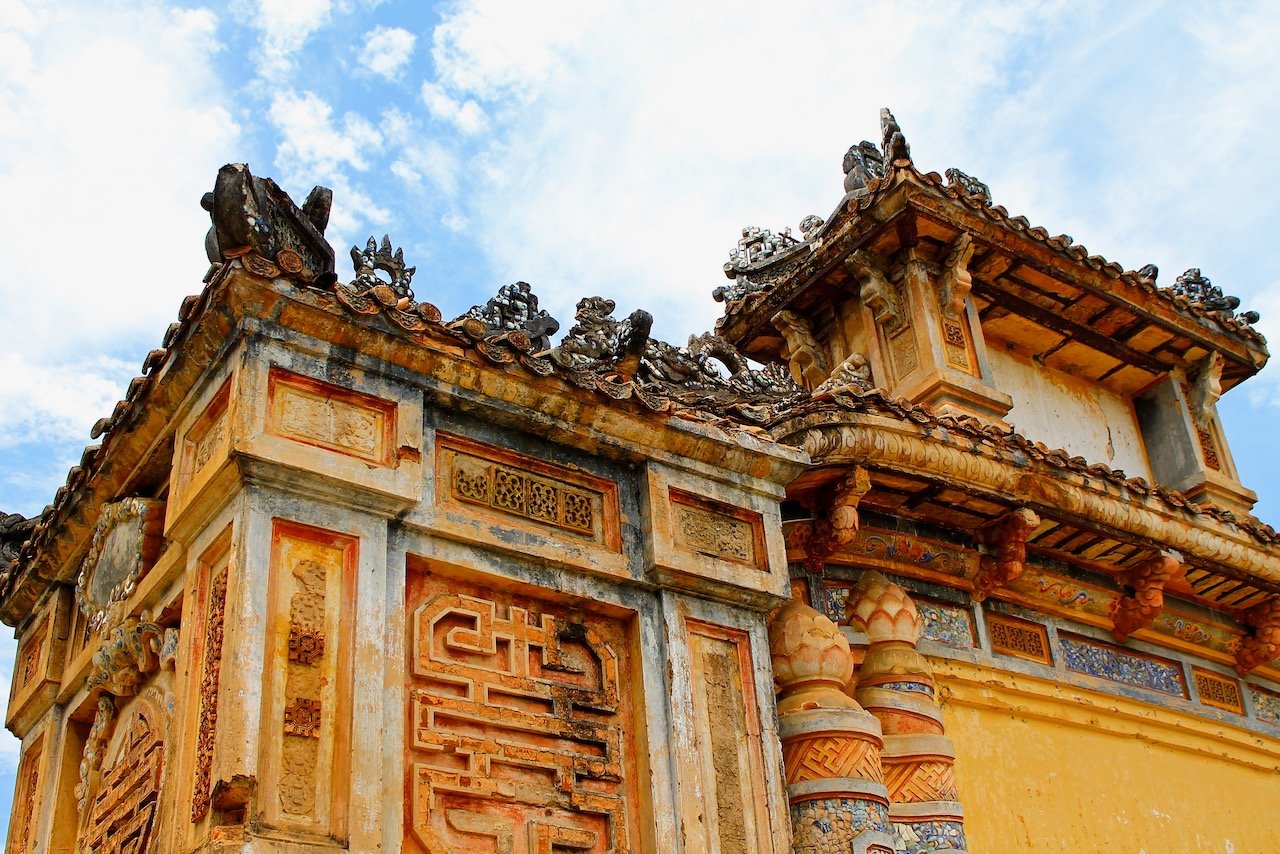

If you’ve hired a bike, the beach at An Bàng is idyllic. The journey to that beach is even better. As you leave the small town, you will pass by a plethora of rice fields, farms, and ponds, an entire sea of lush green vegetation.
No trip to Vietnam is complete without eating their cuisine, furthermore, without trying to make it yourself. There are a few kitchens in the city that offer cooking classes, like Red Bridge cooking school. Here you will learn to make just about everything that is a staple in Vietnamese cuisine. It’s delicious food and even more, a great way to meet other travelers as well.
